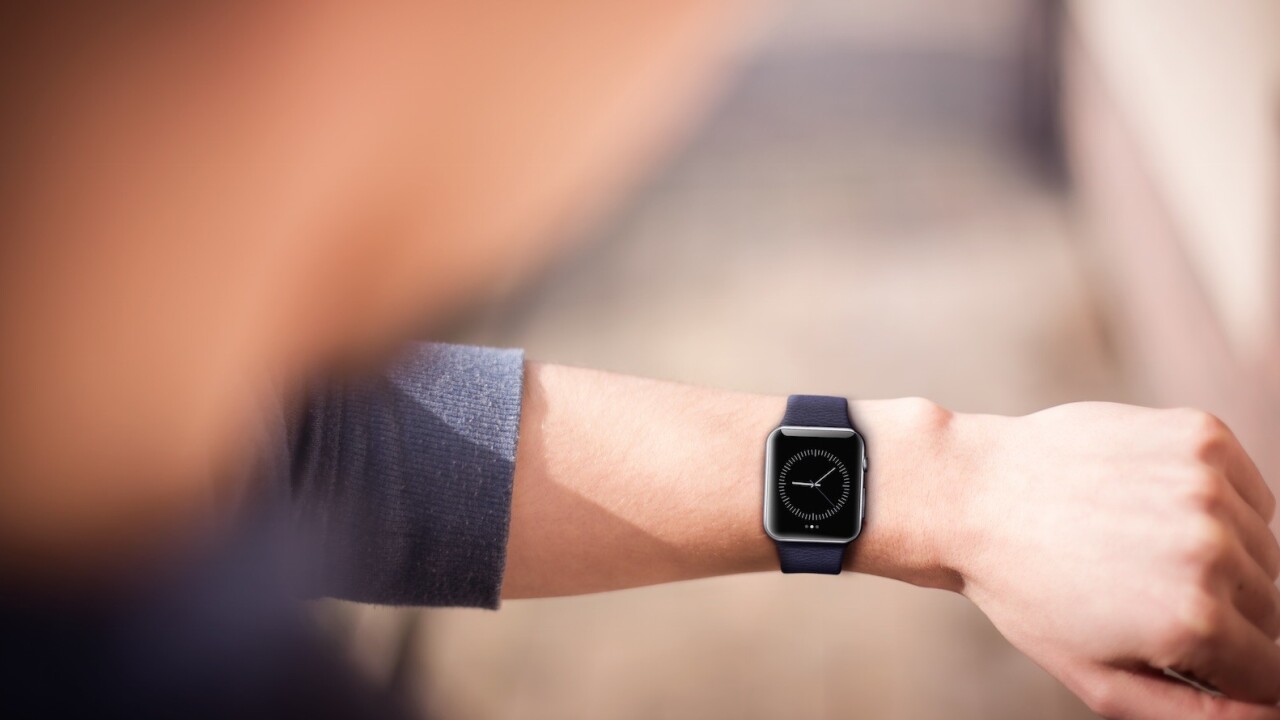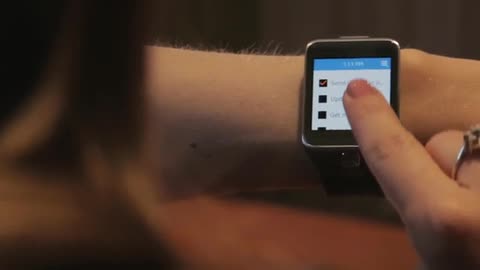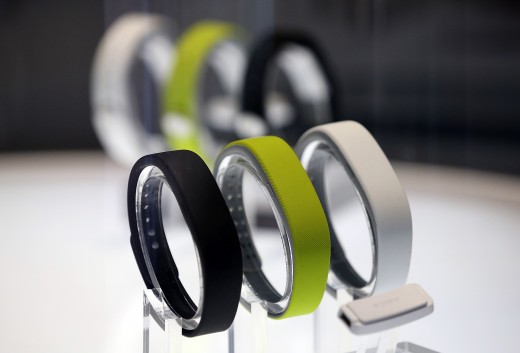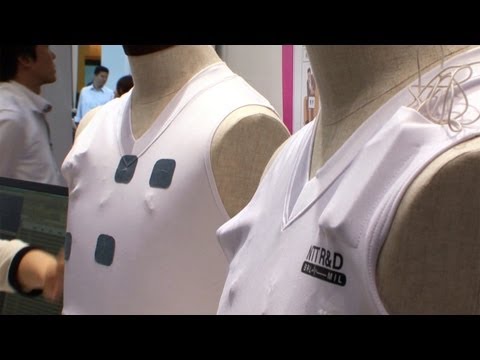
There is a fair amount of perceived innovation in wearable technology that is actually static reproduction of what’s already out there — with many recycled ideas lacking in originality, foresight and plausibility. So how do you break into that market and do it successfully?
You have to look beyond just product technology and put yourself in the mindset of consumers. People have to want to use your product because it adds something new and useful to their lives, or even enhances a previous experience they have with a different technology.
Few people want just any piece of plastic because it’s a new gadget with similar functionality to one they already have (ie. how many fitness trackers / bracelets can there be?). That gets old and those products end up collecting dust in a drawer.
People want products that add something more than just functionality to their lives — and that secret sauce is an emotional connection. Emotional connection means delivering a technology-driven human experience that people will adopt as an engaging part of their daily routine.
How do you create an emotional connection?
“Emotional connection” is broad, but think about how and why people feel connected to brands, products, businesses, and celebrities who use them. They like the experience — it’s new, exciting and different from what they have experienced before.
They like the design — it adds something new to their wardrobe or compliments their style (both home decoration and personal). They connect with the brand — they like what it stands for, they feel personally in sync with the products it creates and want to become an ambassador of sorts to share their love for it with others.
The emotional connection needs to be real and sustainable. Your customers should feel attached to the product and notice what it adds to their lives when it’s not there.
Where do you start and how do you proceed?
You have to work backwards from the moment your product is used by your future customers for the first time. This means a hardware innovator’s first step when thinking about moving into the prototyping phase should be taking off his or her technical hat and putting on everyday consumer shoes. How does your product tie into the consumer’s routine?
Why would the consumer opt for your product’s aesthetic over others? What does the consumer want from your product that they don’t already have? Once you’ve answered these questions, you have to build a product with a design and user experience that can stand on its own apart from its technology. Who is your target audience and what kind of style will they be attracted to? How can you catch a potential users eye off the bat?
When you set out to build your product, the people who are most likely to devote early attention to it will want you to add complexity — hobbyists, reviewers and analysts will focus on what’s potentially missing: plug-ins, extensions, attachments, software integrations, partnerships with specific mobile providers.
This is a common pressure and one that could easily lead you down the wrong path. But if you have create a product that does one thing really really well, you’re already winning. Simplicity is your friend, not foe. So push past initial skepticism from industry experts, competitors and potential customers looking for faults and glitches and focus energy on showing them the need for your product.
This bold optimism will eventually help those skeptics develop an emotional connection to your product and brand. Third party verification is important for early success and brand awareness, but your ultimate goal should be to appeal to customers’ emotions through unique design features, ease of use and a simple interface.
Where can you look for inspiration and success stories?
If you’re an entrepreneur hoping to tap into a market ripe for innovation, take a close look at Nest, GoPro, Square, Beats Audio and other brands succeeding in making products that are fashionable, appealing to the masses and easily integrated into modern daily life.
What they all have in common is they are making old things new, like home temperature management or mobile payment processing — taking something basic and without innovation in decades and rethinking them to create that emotional connection with users.
This isn’t to say that in order to be succesful you have to take something old and make it new and better, but there’s a lot to learn from this approach.
Let’s focus on Beats Audio for a moment. The entire brand is built around the idea that the design matters more than the actual functionality, audio fidelity and quality. Beats executives and product designers realized early on that your headphones are so much more than a way to personalize an audio experience — they are a fully-fledged fashion statement.
The type of headphones a person chooses to use is commonly tied to the user’s style and expression. Before Beats products hit the market, there were the omnipresent white Apple headphones, Sony’s wrap-around headphones, Bose noise-cancelling hardware — and a clear opportunity to transform a normal experience into a fashion statement. Beats designed functional, stylish, approachable and desirable accessories that also happened to stream music, phone calls and favorite books-on-tape.
GoPro did the same thing for cameras and video recording. There have been other attempts to create wearable cameras, rugged enclosures and extreme photography technology, but GoPro decided to take every frustration out of the recording experience and offer their products in a very simple package that does one thing really well — capture moments.
They put all design and development resources into crafting an easy to use and relatively inexpensive product line. The company created an action camera category by framing GoPro as a brand giving people the ability to take photos or video of anything they wanted to capture.
That’s the focus of their marketing, branding and product design — not in-camera editing or technical specs, but on making the device that captures memories in an incredibly user-friendly, versatile way.
When creating, prototyping, finalizing product design and implementing go-to-market strategy, you must couple developing an emotional connection with delivering simplicity to your ideal consumer base. Further, you must tailor all efforts to the potential customer that cares more about elevated design, seamless integration into daily life and ease of use than the intricacies of bluetooth pairing or real-time streaming delivery.
These imperatives help create that personal and emotional connection between a brand, their products and the consumer that is key to a successful and thriving businesses. What truly matters most to customers today is that they’re wearing something that fits their personality, using it to do something powerful and totally reinventing their previous experiences with similar products.
Read Next: This $49 wearable Bluetooth speaker actually sounds pretty great
Image credits: Shutterstock
Get the TNW newsletter
Get the most important tech news in your inbox each week.









